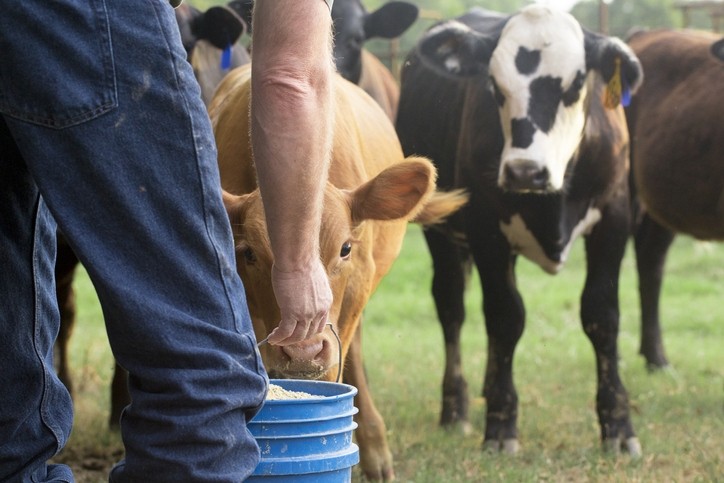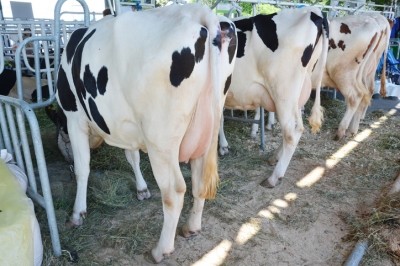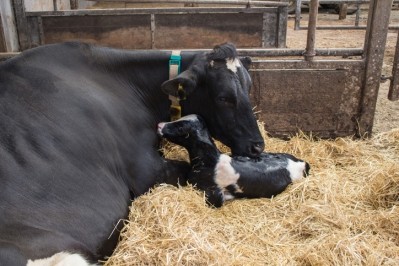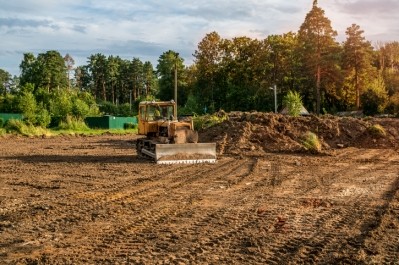Wisconsin University secures $8.8m state funding for long-term dairy research

Two years of funding for the innovation hub were approved in July by the Wisconsin Legislature. The $8.8m worth of funds set to support research at three University of Wisconsin campuses – Madison, Platteville and River Falls.
The approved funds represent a significant increase in state funding for agricultural research in the college. They will go towards projects exploring animal nutrition, health and welfare, human health and nutrition, stewardship and water quality, and rural communities.
Kent Weigel, professor and chair of dairy science in the College of Agricultural and Life Sciences at the University of Wisconsin-Madison, said the process of securing the state funding for dairy industry-focused research took more than two years, with multiple stakeholders in the agricultural community involved.
There has been a decline in funding for research: “A lot of the funds that have been available have been focused on marketing and products, and not available to those doing ag research,” he told FeedNavigator.
As dairy is a massive part of the state’s economy - it contributes $43.4bn annually - the team believed there was a case to be made for additional public support.
Feed efficiency, nutrition and research
The dairy cows in Wisconsin consume roughly 100m pounds of feed a day, said Weigel. “There’s a huge role for nutrition – it’s probably a split between the environmental category or environmental sustainability and then animal health,” he added.
Cow health is tied up with nutrition. “They’re so completely linked – especially for high producing dairy cows [as] the problems are mostly metabolic in nature,” he said.
The challenge for producers tends to be supporting the nutritional needs of the cow during specific stages of the lactation cycle, he said. There are also several questions regarding the links between nutrition and mastitis or nutrition and reproduction.
There is also interest in exploring the link between cow genetics and feed efficiency, as well as how to improve protein efficiency in cow diets along with nitrogen and phosphorus efficiency.
And the team wants to examine the biological side of feed efficiency, beyond what happens in the cow, taking into account feed production and manure management, he said.
“The nutrition part is really completely linked in this proposal to feed efficiency, land use efficiency, water efficiency – how do we get as much product as we can without wrecking the environment,” he said. “We have a finite amount of resources; how do we use those most effectively?
“We know the biggest limitation to the sustainability of the dairy industry in Wisconsin right now is environmental,” Weigel said. “Here, it’s water contamination that’s huge, and we’ve got to figure out a strategy.”
Animal welfare is also an area of growing attention. Dairy farmers are increasingly aware of consumer expectations around the production of dairy products, he said.
“Producing products that consumer don’t want because they don’t like how they’re produced is a problem.”
Project implementation
Now that initial funding for the innovation hub has been secured, the next steps establish a mechanism for spending the funding and requesting that the funds be permanently available, said Weigel.
“Research is a long-term endeavor and in order to hire good people and get things done it has to be a long term."
The initial plan is to focus on adding researchers, support staff, post-doctoral researchers and graduate students with some of the funding going toward facilities and equipment, he said. “We’ll start with some of the postdoc positions, call for proposals for those, and then follow up with faculty and grad students,” he added.
The funding system is also anticipated to improve the continuing education for industry stakeholders and strengthen links between the different campuses, which are spread throughout the state, Weigel said.
“It will make us more interdisciplinary – these buckets [for research] were kind of designed not to be handled by one department or academic unit [but prompt] more interaction with engineers, animal scientists and engineers, engineers and food scientists, food scientists and social scientists – because I think the problems are too complex for one discipline to solve.”
“It will be an additional investment to do more research in a more timely way,” he said. “So, there isn’t this huge lag from idea to actually being able to do something and hopefully from doing something to carrying it to the farm – that time frame also could be shortened.”















